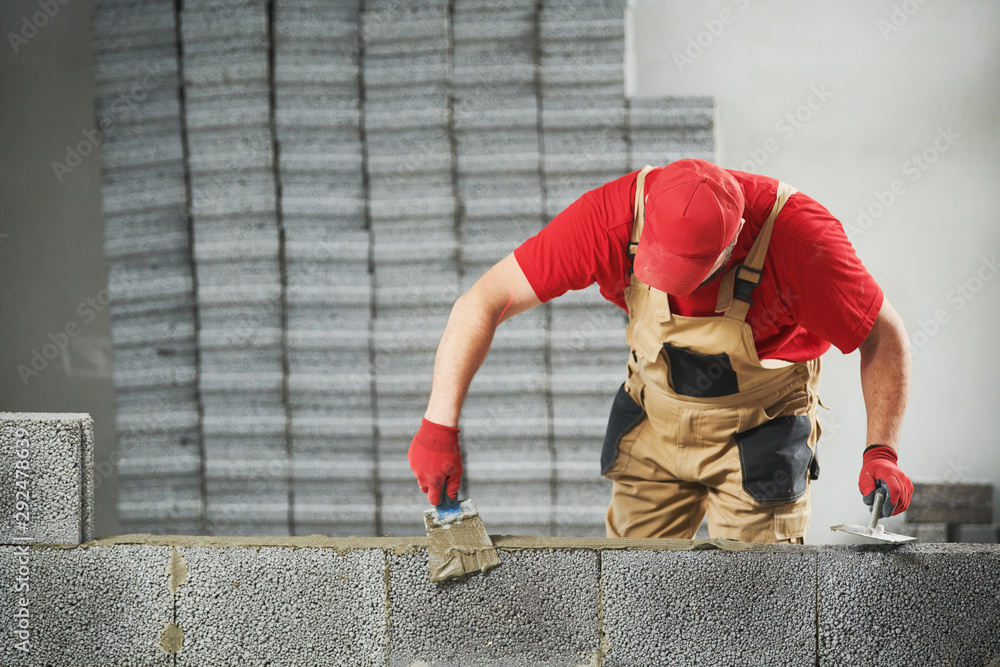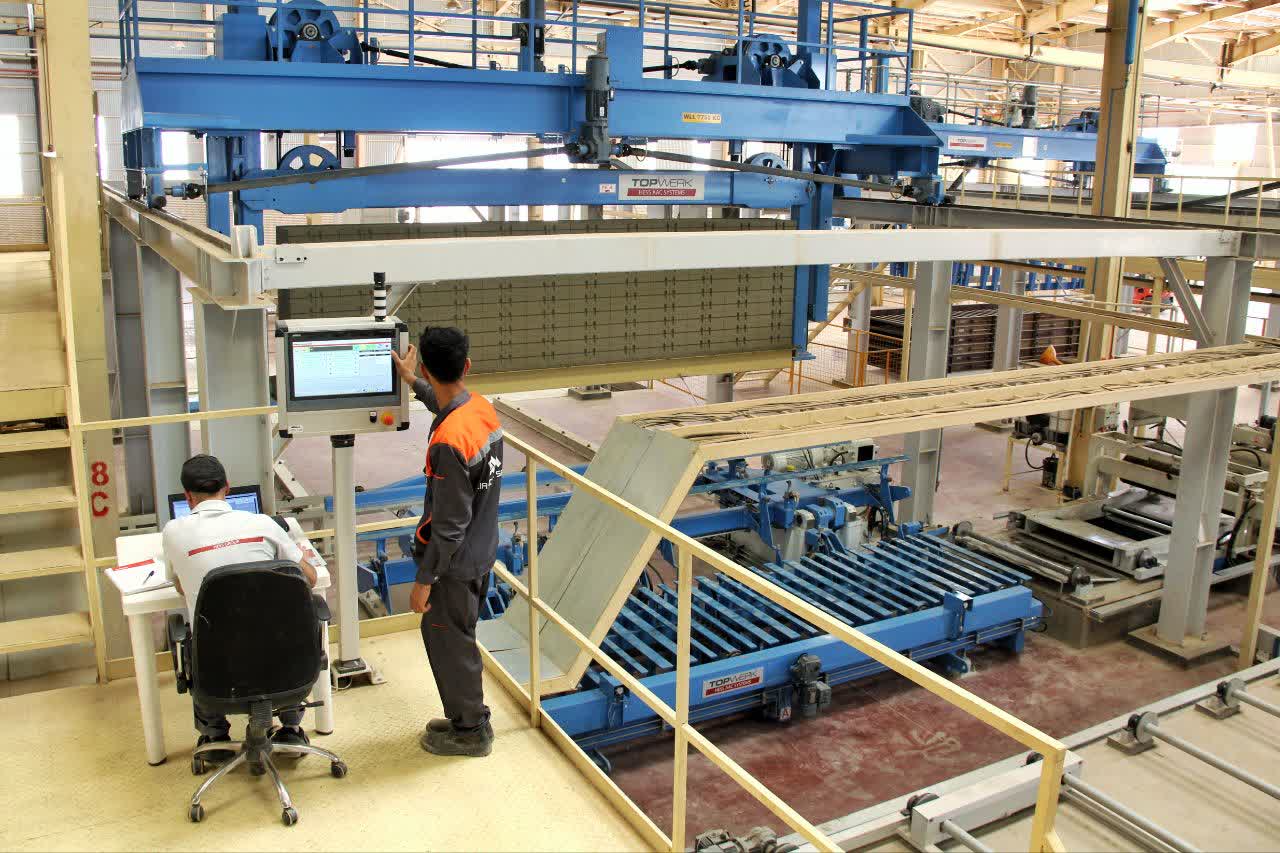شرکت ایلیانویت سازه میبد
ادامه مطلب


We are by your side from production to execution
According to the standard, AAC walls must be connected to the ceiling or beams with tie rods at intervals of 2800 millimeters. In addition, tie rods should be installed every 75 centimeters to ensure proper wall anchoring to adjacent structural elements. To install the tie rods on the AAC blocks, a seven-centimeter steel pin should be inserted into the block at an angle, followed by using a drill and screws or welding for steel frames. This installation ensures that the blocks are securely connected to the wall or ceiling, maintaining structural integrity.
The installation method complies with Standard 0022, Fourth Edition, and Section 6 of the National Building Regulations.
Implementation Method
The implementation method for walls longer than 4 meters should include vertical tie rods for heights exceeding 2.5 meters and horizontal tie rods at intervals greater than 3.5 meters. These tie rods should be used to secure the walls from both sides, with side profiles needing to be installed using belts and zigzag patterns.
The gap between the tie rods and blocks should be minimized, and all metallic sections should be made from galvanized materials to prevent rusting. Before installing the tie rods, the installation surface should be cleaned of any dust. Prior to wall construction, ensure that the work surface is dampened. For adhesive thickness, apply 2.5 to 3 centimeters of adhesive material evenly on the blocks and ensure complete moisture control of the blocks before installation.
Additionally, it is recommended to wait 24 hours after laying the first row of blocks to place the next row. This is because the sand-cement mortar requires a 24-hour period to reach its maximum strength and to minimize any potential shrinkage or settling.
To install vertical tie rods, ensure that the vertical gaps between Hebel blocks do not exceed 15 centimeters for each vertical joint of the lower row. Similarly, the horizontal spacing between the tie rods should not exceed 15 centimeters.
When constructing near corners or wall junctions, ensure a 1-centimeter gap and fill this with flexible materials. This will accommodate any movement of the structure and expansion or contraction caused by thermal changes. Filling the gap with polyurethane foam or suitable flexible materials ensures that no damage occurs to the wall connections and that both the walls and tie rods remain securely in place.




Preparation of Ilya Block Adhesive:
To prepare the Ilya block adhesive for each 25-kilogram bag of AAC block adhesive, about 6 to 7 liters of water is needed. The water should be clean and lukewarm in cold seasons like autumn and winter. First, pour the required amount of water into a container, then gradually add the Ilya block adhesive and mix thoroughly using a stirrer.
After the initial mixing, let the mixture rest for about 5 minutes, then stir it again for approximately 15 seconds to make sure the adhesive is thoroughly mixed and has a creamy consistency. At this point, the Ilya block adhesive is ready to use. Apply the adhesive with a toothed trowel to all horizontal and vertical surfaces of the AAC blocks, ensuring a thickness of 2 to 3 millimeters.
The adhesive’s effective duration is at least 2 hours, depending on environmental conditions. Bags of adhesive should be kept away from rain and direct sunlight. The product’s shelf life is one year.
Use of Fiber Glass Mesh:
Fiberglass mesh should be used at junctions (points where walls meet the structure and corners) and around the corners to prevent cracks and provide reinforcement. For installation, fiberglass mesh with a minimum width of 15 centimeters should be applied. The mesh should be pressed into the wet adhesive, ensuring it adheres completely before continuing with the coating process.
All electrical and mechanical layouts should be marked and mapped out using either a manual or electric wall chaser. The depth of cuts should not exceed one-third of the thickness of the block. After installing the utilities, the open channels should be filled with cementitious materials. Use fiberglass mesh with a minimum width of 15 centimeters along the routes of pipes and channels, applying a layer of mortar on top.



To download and view the catalog, click on the download button below








